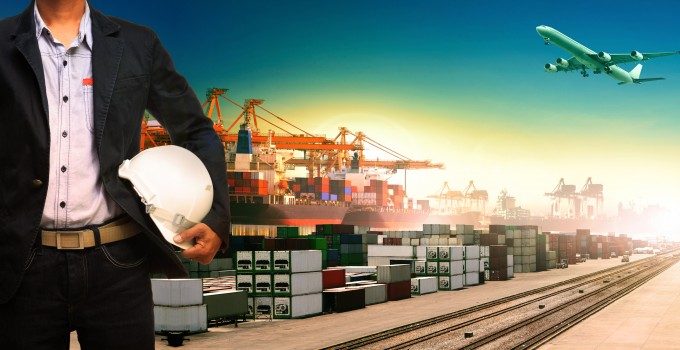The future of box shipping: less vessel cascading and fewer liner alliances?
Vessel cascading has been an ever-present feature of container shipping since liner executives first understood ...
WTC: RIDE THE WAVEFDX: TOP EXEC OUTPEP: TOP PERFORMER KO: STEADY YIELD AND KEY APPOINTMENTAAPL: SUPPLIER IPOCHRW: SLIGHTLY DOWNBEAT BUT UPSIDE REMAINSDHL: TOP PRIORITIESDHL: SPECULATIVE OCEAN TRADEDHL: CFO REMARKSPLD: BEATING ESTIMATESPLD: TRADING UPDATEBA: TRUMP TRADE
WTC: RIDE THE WAVEFDX: TOP EXEC OUTPEP: TOP PERFORMER KO: STEADY YIELD AND KEY APPOINTMENTAAPL: SUPPLIER IPOCHRW: SLIGHTLY DOWNBEAT BUT UPSIDE REMAINSDHL: TOP PRIORITIESDHL: SPECULATIVE OCEAN TRADEDHL: CFO REMARKSPLD: BEATING ESTIMATESPLD: TRADING UPDATEBA: TRUMP TRADE

In its latest analysis, Drewry’s Container Insight Weekly looks at the ports of call of ultra-large containerships in North Europe and concludes that the anticipated concentration of these behemoths on mega-hubs has not happened. Drewry says its data shows that despite the containerships serving Asia-North Europe doubling in size in the past 10 years there has not been a reduction in the number of ports called on each loop. Indeed, the typical itinerary of a Benelux port, a German port, a UK port and either Le Havre or a second-tier European port has been maintained with in fact some carriers even adding direct calls, such as Gdansk in Poland, to gain a commercial advantage over their peers. Nevertheless, Drewry notes that the advent of the ULCS has resulted in fewer weekly services and therefore less frequent calls at ports overall, but however with much larger container exchanges.
MSC switches two more Asia-Europe port calls from congested Antwerp
Front-loading frenzy has made traditional H2 peak season 'unlikely'
Tradelanes: Export boom in Indian sub-continent triggers rise in airfreight rates
Carriers introduce surcharges as congestion builds at African ports
Mexican airport modernisation plan unlikely to boost cargo facilities
Ports and supply chain operators weigh in on funding for CPB
Tradelanes: Overcapacity on Asia-S America impacting alliances and rates


Comment on this article